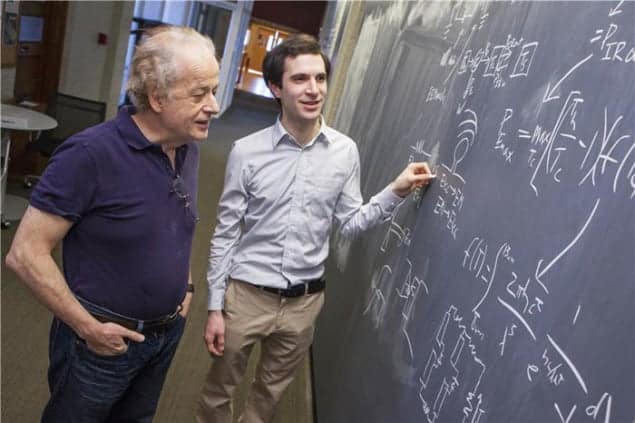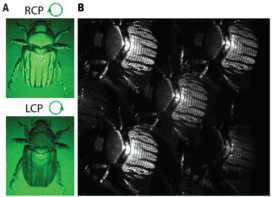
Man has shown considerable ingenuity in seeking out renewable energy – chasing after wind, tides, biomass, sunshine and more. But there is one source that we have not yet tapped – the 1017 W of infrared thermal radiation emitted by the Earth into outer space as a result of the warmth it receives from the Sun.
“Wherever there is an opportunity to generate energy, scientists should be working on it,” says Steve Byrnes of Harvard University in US. “Although there is an enormous amount of infrared energy flowing in the environment, it has not been properly evaluated in the context of energy generation. The rapid improvement in mid-infrared technology over the past 20 years…enables us to imagine new mid-infrared devices and applications.”
Byrnes and colleagues at Harvard, including Federico Capasso, co-inventor of the infrared quantum-cascade laser, have investigated two possible ways to make an “emissive energy harvester” (EEH) that could extract some of this infrared power.
Two possible approaches
The techniques are broadly comparable to the two types of solar electricity generation, explains Byrnes. “In the first, ‘solar thermal’, sunlight heats an object and a turbine runs on the temperature difference between the hot object and the cooler environment,” he says. “We can make a ‘thermal EEH’ in an analogous way: an object radiatively cools and a turbine runs on the temperature difference between the cool object and the warmer environment.”
The team envisages that such a thermal EEH device would consist of a “hot” plate at the temperature of the Earth and air, with a “cold” plate on top made from a very emissive material that is cooled by radiating heat to the sky. The surface of the Earth, at a temperature of about 275–300 K, is much warmer than the 3 K of outer space.
The team calculated how much power this type of design could generate at a test site at Lamont, Oklahoma, that had measurements of downwelling long-wave infrared radiation. The data for the amount of infrared radiation received helped the researchers calculate the ideal performance of the device given the likely amount of infrared radiation emitted and the temperature conditions.
Working day and night
Year-round, the devices would produce an average of 2.7 W/m2, or 0.06 kWh/m2 per day, the researchers calculated. “We have found that infrared emissions can generate a substantial amount of energy, during both day and night,” says Byrnes.
In principle, the Earth has enough EEH power to supply all of humanity many times over, write the scientists in PNAS, but this power density is quite low for large-scale generation applications. For example, a photovoltaic panel with an efficiency of 1.5% would generate the same total energy at the Lamont site as an EEH. That said, heating the EEH devices with sunlight could boost their power generation by a factor of five.
Because the devices work best when there is little downwelling radiation – either when the air is cold and dry (as may be the case in winter), or when the ground is hot (more typical conditions during the summer) – the power output would be roughly the same throughout the year. Over the course of a day, power would be likely to peak in the afternoon and evening, when the ambient temperature is highest.
Optoelectronic harvesting
The second option for solar power is “solar photovoltaic”, where sunlight is converted directly into electric current. “We can make an ‘optoelectronic EEH’ in an analogous way,” explains Byrnes. “An antenna radiates infrared radiation into the sky and by interacting with a diode it can directly create usable electrical power.”
This approach relies on the antenna being cooler than the diode because of the infrared radiation it emits. This temperature difference means that current formed as a result of electrical noise only flows in one direction, creating a voltage. Given recent technological progress, the design could be feasible but is not yet a reality.
Byrnes and colleagues envisage that this type of EEH would be laminated onto solar panels to allow the devices to generate power at night or onto solar water heaters, rather than being deployed on its own.
“In recent years there have been fantastic developments in nanophotonics and infrared physics and engineering, by us and by other researchers around the world,” says Byrnes. “This study has clarified an important goal to work towards, but a sustained, collaborative research effort is essential to actually get there.”
The team reported the study in PNAS.
- This article first appeared on environmentalresearchweb.org



